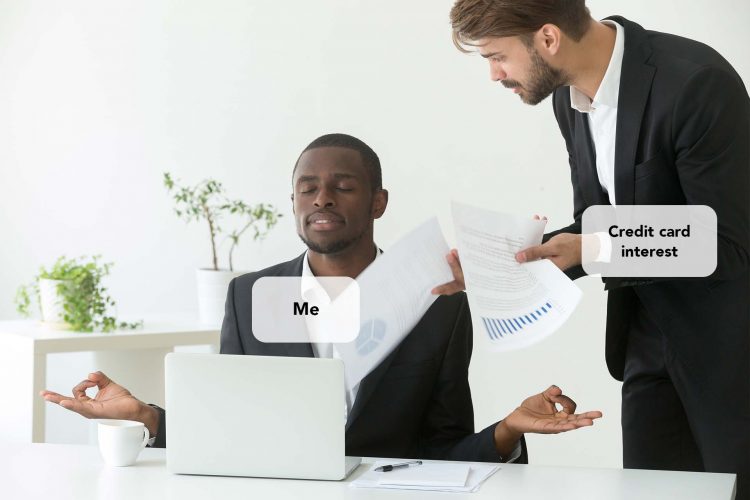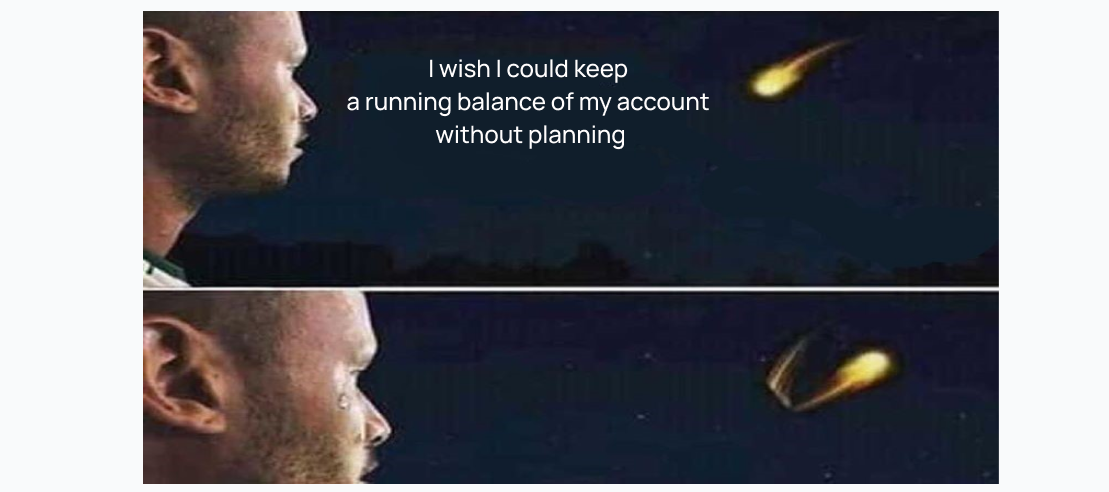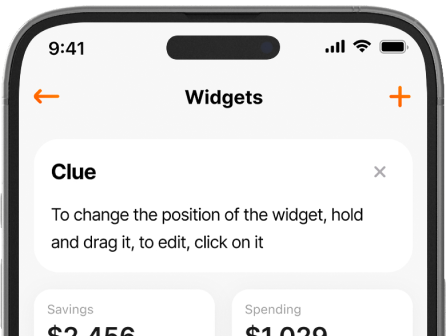Interest rates are a pretty simple concept: when you borrow money, you have to pay it back, plus an extra percentage. For example, a $100 loan with a 5% monthly interest rate would cost you $105 after one month. Credit cards use the same basic concept—but with a few twists! Credit cards typically come with very high rates, a grace period, different types of interest, and daily compounding, and those can make what you’re actually paying a little more complex to understand. Given that, as of January 2021, almost half of Americans are carrying credit card debt, though, it may be worth putting in a little time to understand where your money might be going.
Credit Card Interest/APR Basics

Interest = APR?
When it comes to credit cards, interest rates and APR (Annual Percentage Rate) are the same thing. Other types of loans differentiate between the two, with the interest rate being the percentage you pay to borrow, and the APR being the interest rate + other fees. Credit cards do have fees, but don’t include them in the APR number, making their interest rates and APR effectively identical.
The Grace Period
When you spend money on a credit card, you won’t be charged interest on the balance right away. Instead, you get something called a “grace period,” meaning you have, usually, 21-25 days to pay before interest starts accumulating. This varies by card issuer, but the countdown always starts from the “closing date” on your statement.
If your statement covers all transactions from December 1st to December 31st, for example, you won’t be charged interest until at least January 21st. If you pay off your balance before then, you won’t owe any interest at all.
The exception to this grace period is cash advances, which typically don’t have grace periods and start charging interest right away.
Breaking Down Your APR
Let’s say you have a credit card balance of $1000. Your APR/interest rate is 18%, and you’ll pay the bill after exactly one year. How much interest will accumulate?
Your first instinct might be to multiply $1000 by 1.18 (100% + 18%/100). That would show you paying $118 in interest and ultimately spending $1,180—but that’s not actually correct. In fact, you’ll end up paying $1,197–$17 more! Why? The answer is daily compounding.
Daily Compounding
Credit card issuers generally advertise cards using APR, which tells you how much they charge per year. However, most don’t charge you interest once per year—they charge once per day. This means that every day, you’re charged interest on a slightly higher balance. Over time, you’ll end up paying more than 18% interest even though you haven’t spent any extra money on the card.
Monthly, Daily, and Weekly Interest
That said, taking compound interest into account isn’t strictly necessary if you’re just aiming for ballpark estimates. You can use some fairly simple math to calculate your interest payments for durations under one year, and while it’s not 100% accurate without compounding, it’ll give you a good idea of what to expect.
Take your $1000 balance. How much, approximately, would you be paying with an 18% interest rate?
Should You Worry About Daily Compounding?
If you want the exact number you’ll owe after a certain time, you’ll have to use a compound interest calculator or the following formula:
(1 + Daily Rate)Number of Days × Balance = Total Interest Charged
For example, your $1000 balance at 18% for 90 days would look like this:
1.0004990 × 1000 = $1045.08
However, if you decided to use the simple formula (Monthly Rate × Balance × Number of Months), you’d get $1045, which is only an eight-cent difference.
For smaller balances and short periods of time, then, you don’t need to worry about compound interest much. If you’re carrying a larger balance for a longer time, though, the difference could amount to hundreds of dollars or more, in which case you’d probably want to figure out how compound interest is affecting your payments!
How is My APR Decided?

When you’re approved for a credit card, the issuer sets the APR based on your credit score and other financial indicators that tell them how reliable of a borrower you’re likely to be. As a rule, good credit scores get low rates and bad scores get high ones. Most fall somewhere in the 10%-25% APR range.
Fixed vs Variable
Almost all credit cards come with “variable” APR, meaning the interest rate changes depending on the interest rate set by the U.S Federal Reserve. If the Fed raises rates, banks will also raise rates, and your card’s interest will automatically go up. If it lowers rates, your rates will also go down.
Confusingly, fixed-APR cards can also change rates, though! The only difference is that the card issuer has to give you a notice before the rate changes. However, very few cards come with fixed rates, so this is generally not an option anyway.
Get Lower Interest Rates
If you have a good history of paying your card on time, you can call your card issuer and ask if they’ll give you a break. Your request is a lot more likely to go through if you’ve had an increase in your credit score and/or income since the last time your interest rate was set.
APR Types
Credit cards are typically advertised with one APR, so it might be surprising to learn that there are actually many different types of APR that can be charged on a single card. Essentially, when you spend money on a good or service (a new purchase), then don’t pay your bill before the grace period expires, you’ll be charged this advertised rate. However, if you, say, make a balance transfer, you might be charged a different rate on that amount.
- Purchase APR
As explained above, this is the rate you’ll probably see advertised and the one you’ll end up paying most often. Any new purchases you make on the card will end up getting this rate.
- Balance Transfer APR
If you add the balance from one card to another card, you’ll be charged a balance transfer APR on that amount until it’s been paid off.
- Cash Advance APR
Interest charged on cash advances (using your credit card to withdraw cash, like from an ATM, or, in some cases, depositing cash into an account) is typically higher than purchase APR, and there is generally no grace period for it. This means that interest will start being charged as soon as you withdraw the money.
- Penalty APR
If you’ve missed a credit card payment, you may get a penalty APR applied to future purchases made on your account. That means you’ll be paying more interest—maybe up to 30%—on new transactions until you’ve made enough on-time payments. If your account is 60 days late, the penalty APR may also be applied to your existing balance.
- Introductory APR
Finally, a fun APR! If you’ve gotten a card with a promotional interest rate, you may be exempt from certain types of interest for some time—usually around a year. You’ll typically see cards advertising 0% APR on purchases or balance transfers, and getting one of these can be a good way to finance temporary expenses. However, be careful to make payments on time! Some cards will cancel the promotional rate even if your payment is just a day late.
How Different Rates Work Together
While your different interest rates will all be grouped into one finance charge, your credit card company is keeping track of how much of each type you owe and adding them up for you. That means if your purchase APR is 16% and your cash advance APR is 20%, you’ll pay 16% on purchases and 20% on cash advances. Take the following example:
Let’s say you have a card with these rates (not necessarily reflective of the real rates you may get):
Then, just for the sake of the example, let’s say you spend $1000 on each major category:
Now let’s say you pay $1000 towards your credit card bill. You’ll still have $2000 accruing interest, but here’s where it gets confusing: which $1000 are you paying off? What will you still be paying interest on? Fortunately, most card companies follow a similar policy: your minimum payment applies to the lowest-APR balance, and the rest of the payment applies to the highest-APR balance.
This means that if your minimum card payment is $25, you’ll pay $25 towards your purchase APR and $975 towards your balance transfer APR, leaving you with the following balances:
How to Avoid Paying Credit Card Interest

It’s important to understand credit card interest, but not having to pay it is always preferable. Credit cards charge rates higher than almost any other type of loan, after all. Luckily, there are a few ways to avoid it!
- Pay in full and on time every month
If it’s at all possible, try to treat your credit card like a debit card: don’t spend more than you can afford to drain from your bank account. Keeping your balance at 0 is the best way to avoid interest!
- Look for cards with 0% interest promotions
If you need to make a big purchase or balance transfer and you have a good credit score, you can probably find a card that offers 0% interest for a certain time, usually around 12 months. You can apply for this card, make your balance transfer or purchase, and then try to pay off the balance before interest starts being charged—but make sure you pay at least the minimum payment on time to avoid losing your promotional rate!
- Transfer your balance
This is related to strategy #2—if you’re paying high interest on a credit card balance, look for a card with 0% interest on balance transfers. If you can get it, you can then transfer your existing balance(s) to it and have the entire introductory period to pay your bill without piling up more interest.
- Take out a loan
Technically your credit card balance already is a loan, but since the interest is so high, you may actually be able to get a better deal if you take out a personal loan with a lower interest rate and use it to pay off your credit card.
The first approach is almost always the best, however: if you can avoid it, don’t put yourself in a situation where a credit card is charging you interest.
Credit Card Interest Made Simple
That’s a lot of information, but if you feel a little overwhelmed, don’t worry! You only need to know a few main things to understand how your credit card interest payments work:
- You start accumulating interest if you don’t pay the bill before your grace period expires.
- Interest compounds daily, but this doesn’t make much difference for small balances or balances carried for a short time.
- You can calculate monthly, weekly, and daily interest by dividing your interest rate by 12, 52, or 365 respectively.
- Your credit card probably charges different interest rates on different transaction types, but when you pay the bill, most of the payment goes to the part of your balance that carries the highest APR.
- The best ways to avoid interest are paying on time, getting a promotional 0% interest rate, and transferring your balance to a credit card with a promotional interest rate.
With those five basic pieces of information, you’ll know more about how your credit card works than most people probably do. Remember to use your card responsibly and keep an eye out for good deals!








